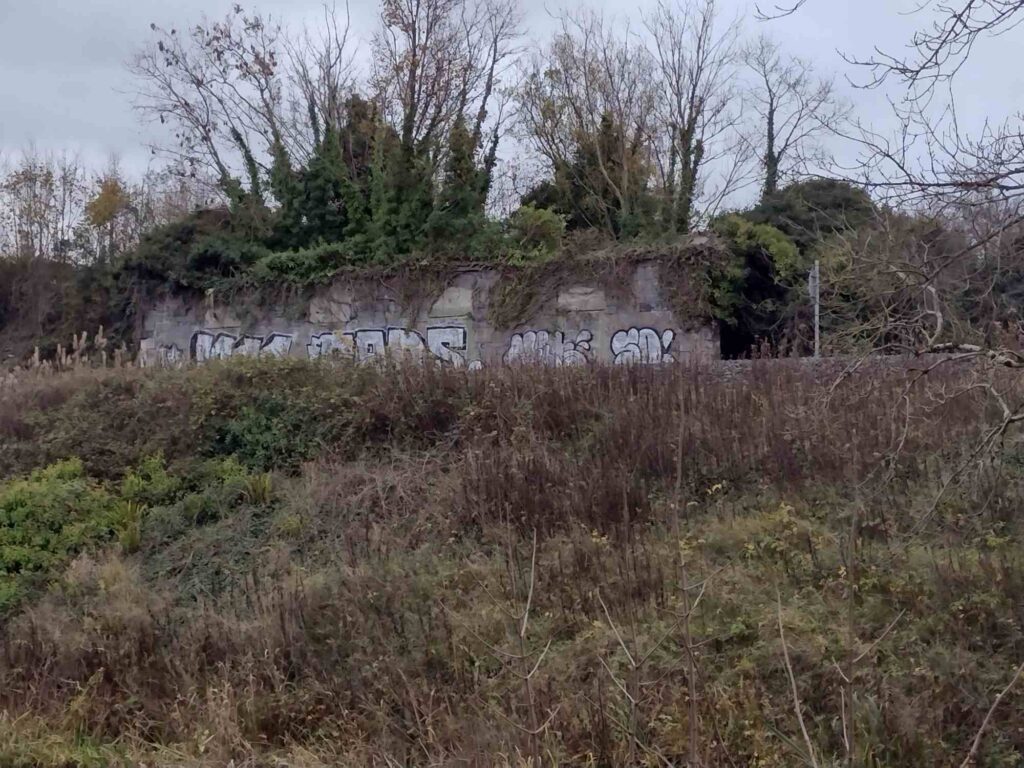In 1862, the Dublin & Meath Railway opened their line from Clonsilla, Co. Dublin to Navan, Co. Meath – their station in the latter being located to the south of the railway from Navan to Oldcastle, which was a separate company.
At the Dublin end of the line (Clonsilla), the company had their own locomotive shed, located in the apex of their line and the MGWR mainline to Galway/Sligo.
This building was later converted for use as accommodation for railway staff, but has been derelict for decades and overgrown with plant life.
When out volunteer litter picking on the Royal Canal today, I noticed that the side of the building facing the modern era M3 Parkway branch has been cleared of vegetation, exposing it to public view once more.

I hope that this is not a prelude to demolition of the building.